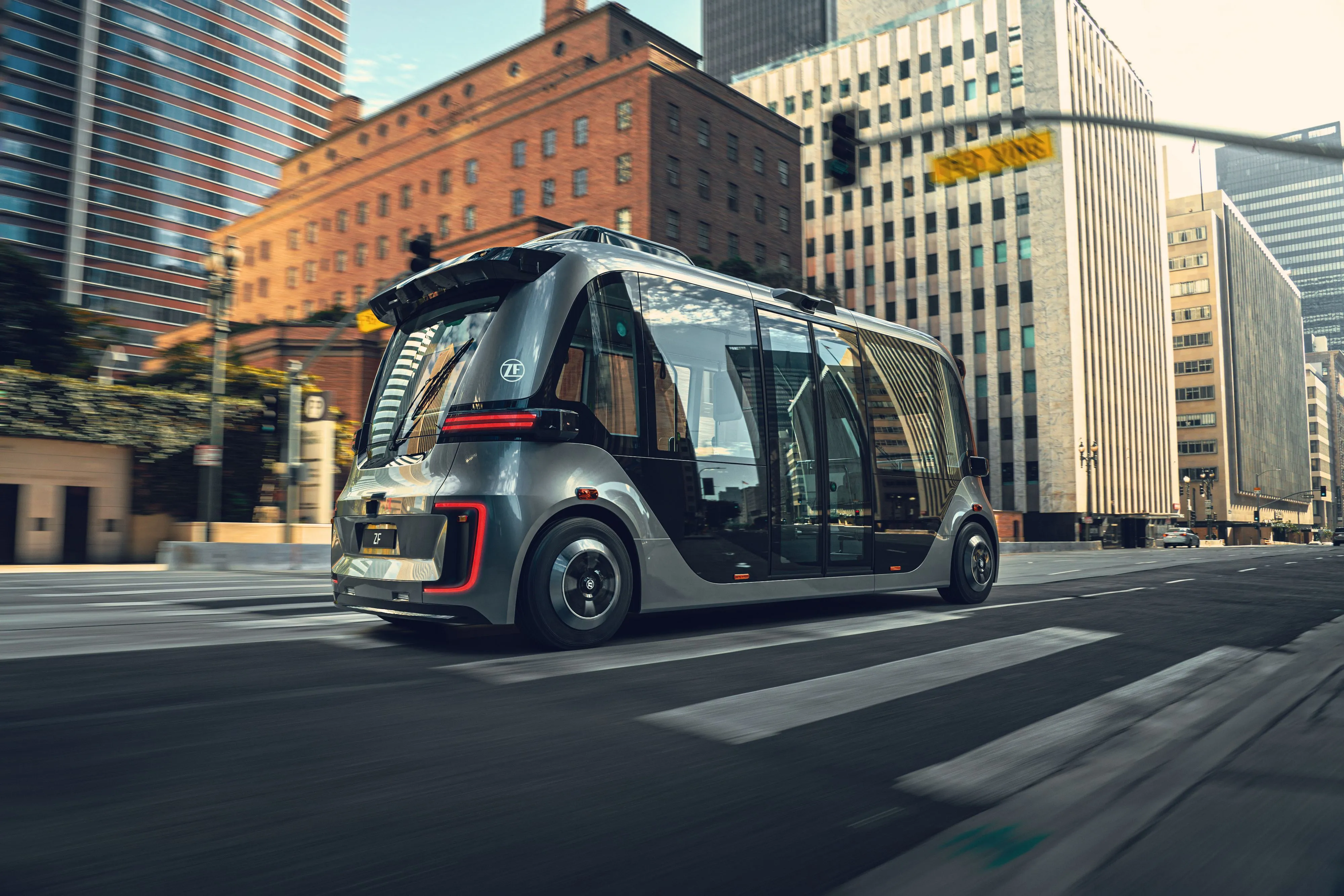Called Structural Health and Knock Emission (Shake) sensor, it has been upgraded to recognise structure-borne sound waves generated by contact or knocks on its body through piezoelectric foil sensors.
Shake’s adaptive impact detection uses two sensors on the front and rear of the vehicle to detect slight touches from other cars or pedestrians to its bumper at speeds up to approximately 12mph. It can also trigger a signal to stop vehicles to prevent further damage as well as detecting contact and performing an emergency stop if any collision with obstructions occurs during parking.
The intelligent damage detection identifies the severity as well as the time and place of vehicle damage, including scratches, dents and paint damage.
Hella showcases solutions to advance autonomous driving
Hella has launched a multifunctional sensor which aims to enable higher levels of autonomous driving and allow OEMs and drivers the freedom to create more customised vehicles. It comes with three detection functions based on its environmental awareness capabilities and has been exhibited at the North American International Auto show 2018, in Detroit. Called Structural Health and Knock Emission (Shake) sensor, it has been upgraded to recognise structure-borne sound waves generated by contact or knocks on it
June 26, 2018
Read time: 2 mins









